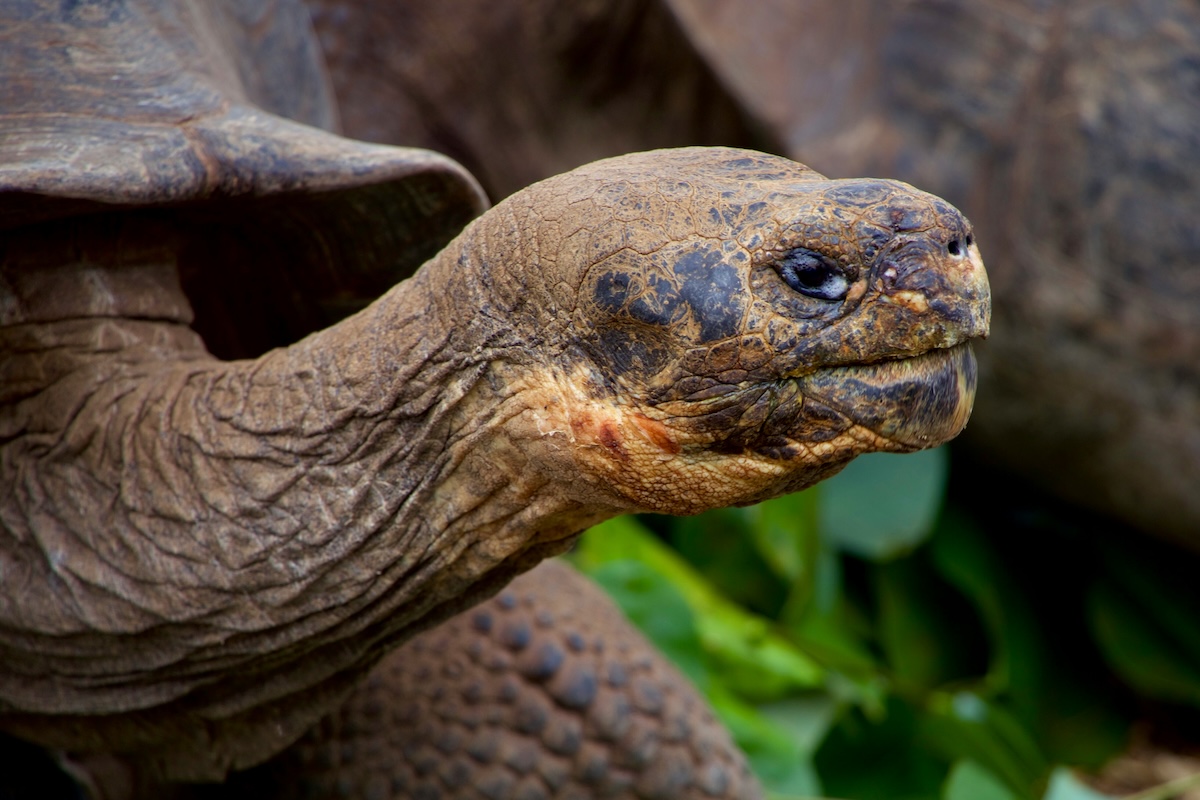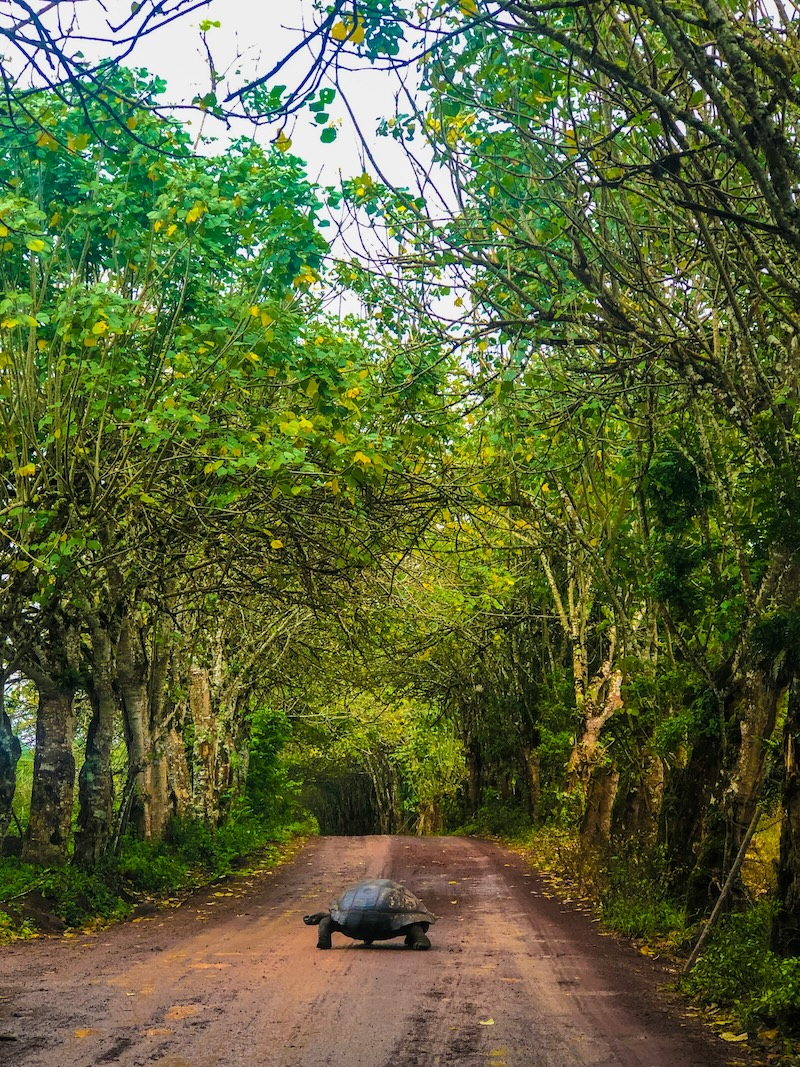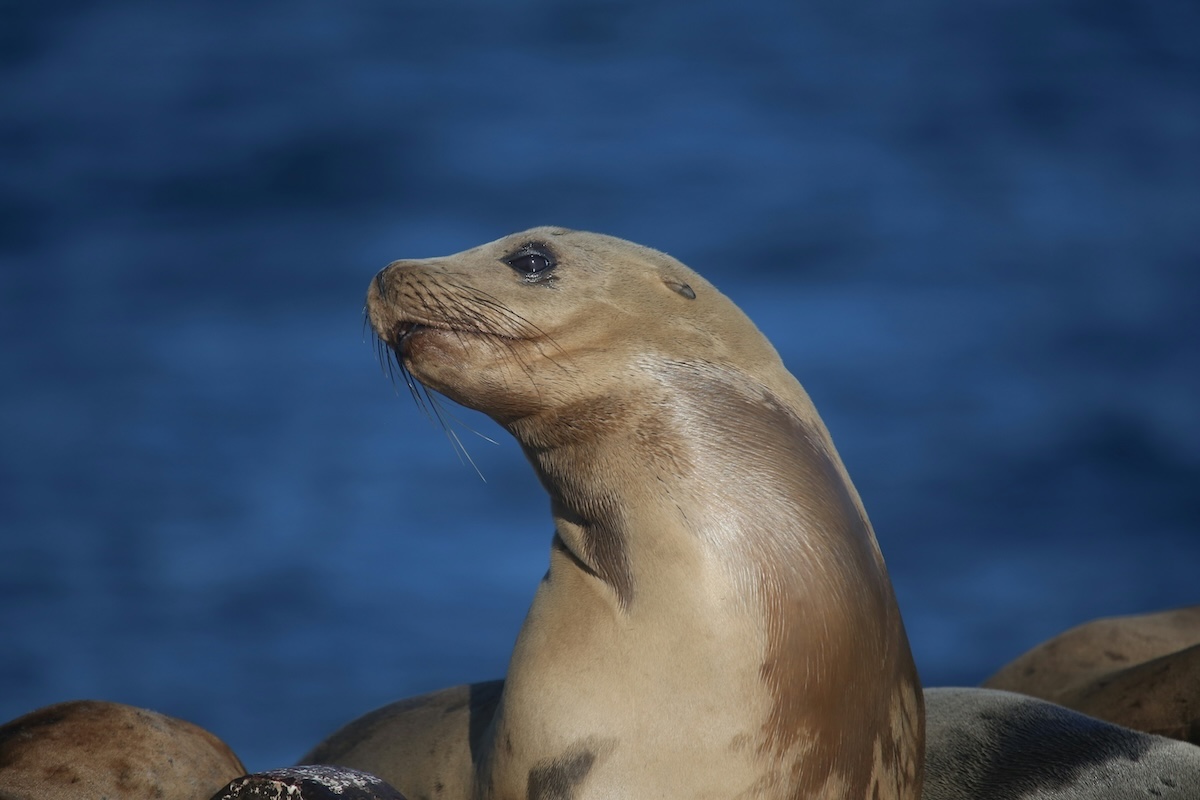
Plants and Animals of the Galapagos Islands: A World Wonder of Diversity
By: Sarah Stone
Skip to Section
Located in the Pacific, about 1,000 kilometers west of Ecuador, the Galapagos Islands have been pivotal in the field of evolutionary biology, gaining prominence through Charles Darwin’s research in the 19th century. His observations and collections contributed significantly to the theory of evolution by natural selection due to the islands’ remoteness and their populations of migratory species that changed and adapted to the islands’ unique geographical features and climates.
Let’s have a look at what makes the Galapagos Islands a special, important, and fascinating place!
Geographical Overview of the Galapagos Islands
The formation of the Galapagos Islands is primarily volcanic, arising from tectonic activities associated with the Nazca Plate moving over a geological hotspot. This process continues today, periodically adding new land via volcanic eruptions. The islands vary markedly in age and development; the older islands, like Española, have developed soil and vegetation supporting various life forms, while the newer ones, such as Fernandina, are characterized by more sparse vegetation and raw lava surfaces.
Isabela
Isabela, the archipelago’s largest island—and actually bigger than all the other Galapagos Islands combined—is characterized by a dramatic range of volcanic features, formed by six different volcanoes. Here, you’ll find extensive lava flows, deep volcanic craters, and sulfur vents that demonstrate ongoing geological activity. Alongside those volcanic highlights, Isabela is also home to an uplifted coral reef, which provides a rare insight into the geological processes that can raise seabed to the surface—and while fascinating, the corals aren’t thriving from being exposed to the air.
Santa Cruz
Centrally located within the Galapagos, Santa Cruz is the most visited island in the group, and gives a contrast to Isabela’s volcanic dominance with its extensive highlands. These highlands accumulate moisture from the frequent mist, creating fertile soil and supporting a diverse plant life. This environment is ideal for the famous Galapagos Tortoises, which thrive in this lush habitat. The island’s diversity extends to its coastal zones, where drier conditions support different species adapted to less hospitable environments. The island isn’t without its conservation challenges, though, due to a marked increase in tourism and human population growth.
Fernandina
Fernandina, the youngest of the Galapagos Islands and still very active volcanically, showcases vast and relatively undisturbed lava fields that reach all the way to the ocean. These fields are largely barren, yet they provide critical nesting sites for several bird species and are a study of survival and adaptation in harsh conditions. Compared to the other islands in the archipelago, the lack of vegetation highlights Fernandina’s stark beauty and geological youth.
The contrast between the arid, low-lying coastal areas and the more fertile highlands throughout the Galapagos is striking. These differences in elevation and topography create distinct microenvironments on each island, affecting local climates and species distribution.
And while the islands are part of a small group, they’re still quite far apart from one another—making a wonderful diversity of environments across a small geographical area, where even the animals on one island evolve differently than animals on other islands in the same archipelago. The Galapagos is a valuable natural laboratory for studying evolutionary and ecological processes—they help us understand how different species have adapted to such unique and varying conditions.
Plants on the Galapagos Islands

Photo by karen solorzano on Unsplash
The Galapagos Islands are home to a remarkable collection of plant species that have adapted to the islands’ distinct environmental conditions.
Among these, the Scalesia trees are particularly noteworthy: resembling the daisies in their floral structure but growing as large trees, these plants have diversified into several different species across the islands, each adapted to specific local conditions.
The Opuntia cactus—a prickly pear—has developed thick, waxy skins and spiny exteriors to minimize water loss, which are crucial adaptations for surviving in the arid zones common on many islands.
Mangroves are another vital component of the Galapagos flora, growing in the saline coastal waters. These plants are essential for coastal stability and as nurseries for young marine species. Their abilities to filter salt and thrive in intertidal zones make them key ecological players, supporting the complex food webs that characterize the shoreline ecosystems.
Further inland, the highlands of islands like Santa Cruz and San Cristóbal support fog forests. These areas are frequently cloaked in mist, providing sustained moisture that nurtures a diverse community of plants, from mosses and lichens to large flowering trees. This moisture-rich environment contrasts sharply with the lower, drier areas.
The variety of habitats on the Galapagos are foundational to the islands’ ecosystems, influencing the evolution of other species and the environment’s overall health. This rich botanical diversity underscores the area’s role as a haven for studying plant evolution and ecological interactions.
Animals on the Galapagos Islands
Land Animals
Most of us picture the Galapagos Giant Tortoise when these islands are mentioned, and for good reason! They’re symbolic of the Galapagos, and are integral to the ecological balance, influencing vegetation patterns and nutrient cycling. These enormous reptiles consume huge quantities of plants, which helps shape the vegetation communities and in turn affects the habitats of other species.
Alongside the tortoises, iguanas offer another glimpse into evolutionary adaptation. These iguanas exhibit different physical and behavioral traits across islands, adapted to local conditions from diet to sun-bathing behavior—even swimming, as showcased by the marine iguana, the world’s only oceangoing lizard.
Marine Life
Speaking of marine life, the aquatic environment around the Galapagos is a hub of biodiversity as well!
Sea lions are a common sight, and their social behavior and breeding colonies attract many visitors to the islands. Fish diversity, including species like the Galapagos shark and the king angelfish, plays roles from predator to grazer in the marine ecosystem.
Though limited in this area, coral reefs are biodiversity hotspots, supporting myriad species and providing shelter and breeding grounds for fish and invertebrates.
Avian Species
The bird species in the Galapagos are as varied as the islands themselves. Blue-footed boobies are known for their distinctive mating dances and bright blue feet—and if you didn’t laugh endlessly at this particular card in your awesome 90s Wildlife Fact-File, I don’t know what to tell you. They’re adorable and hilarious.
Frigatebirds, with their enormous wing spans and bright red throat pouches, are often seen soaring near the coasts, while albatrosses use the windy conditions of the islands to glide over the ocean. Each species has developed unique adaptations, enabling them to exploit different ecological niches, from feeding strategies to nesting behaviors.
Of course, Darwin’s finches are perhaps the most famous example of adaptive radiation in the Galapagos. Seventeen different species evolved from a common ancestor, each type having a unique beak shape suited to its feeding habits. The unique adaptations observed in these species underline the ongoing evolutionary processes that continue to shape life in this isolated archipelago.
Native animals and plants in the Galapagos Islands face many challenges, including the impact of invasive species, humans, and the broader effects of climate change. Current conservation strategies, spearheaded by the Ecuadorian government and supported by international organizations, focus on habitat restoration and species protection. If you plan to visit the Galapagos Islands, please keep sustainable travel practices in mind to minimize your impact.
The Galapagos Islands serve as a dynamic laboratory for studying evolutionary processes. The ongoing preservation of these islands is crucial not only for their inherent scientific value but also for the broader ecological health of our planet.
Read more articles about Ecuador here.
Read more articles about sustainable and responsible travel here.
There were many who comforted themselves with the thought that in his last moments Darwin would renounce his evolutionary heresies and repent. There are still people today who piously believe that’s just what happened. Instead, Darwin faced death calmly and apparently without regret, saying on his deathbed “I am not the least afraid to die.”
– Carl Sagan & Ann Druyan, Shadows of Forgotten Ancestors: A Search for Who We Are
About the Author
 As the editor-in-chief of Frayed Passport, my goal is to help you build a lifestyle that lets you travel the world whenever you want and however long you want, and not worry about where your next paycheck will come from. I've been to 20+ countries and five continents, lived for years as a full-time digital nomad, and have worked completely remotely since 2015. If you would like to share your story with our community, or partner with Frayed Passport, get in touch with me using the form on our About page.
As the editor-in-chief of Frayed Passport, my goal is to help you build a lifestyle that lets you travel the world whenever you want and however long you want, and not worry about where your next paycheck will come from. I've been to 20+ countries and five continents, lived for years as a full-time digital nomad, and have worked completely remotely since 2015. If you would like to share your story with our community, or partner with Frayed Passport, get in touch with me using the form on our About page.Featured image by Magdalena Kula Manchee on Unsplash
Information published on this website and across our networks can change over time. Stories and recommendations reflect the subjective opinions of our writers. You should consult multiple sources to ensure you have the most current, safe, and correct details for your own research and plans.
Frayed Passport is a participant in the Amazon Associates Program, an affiliate advertising program designed to provide a means for sites to earn advertising fees by advertising and linking to Amazon.com. We also may share links to other affiliates and sponsors in articles across our website.





